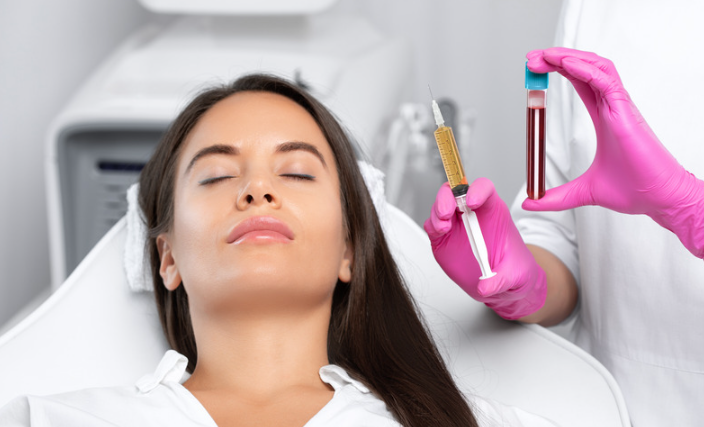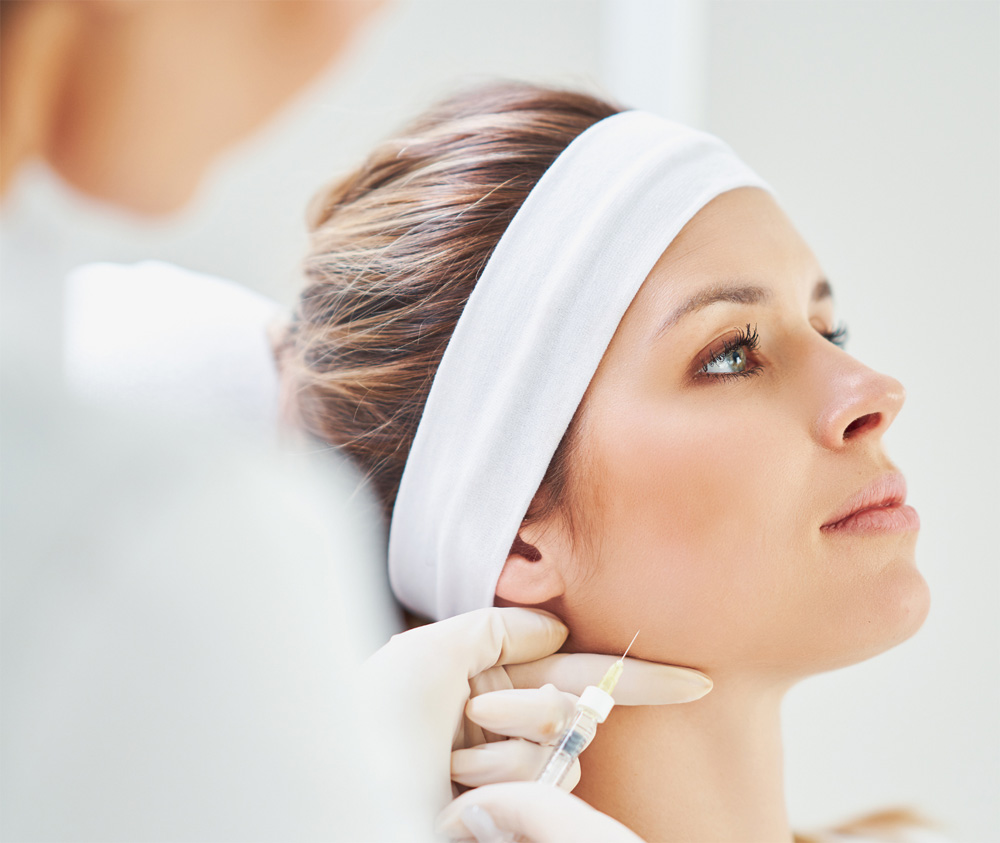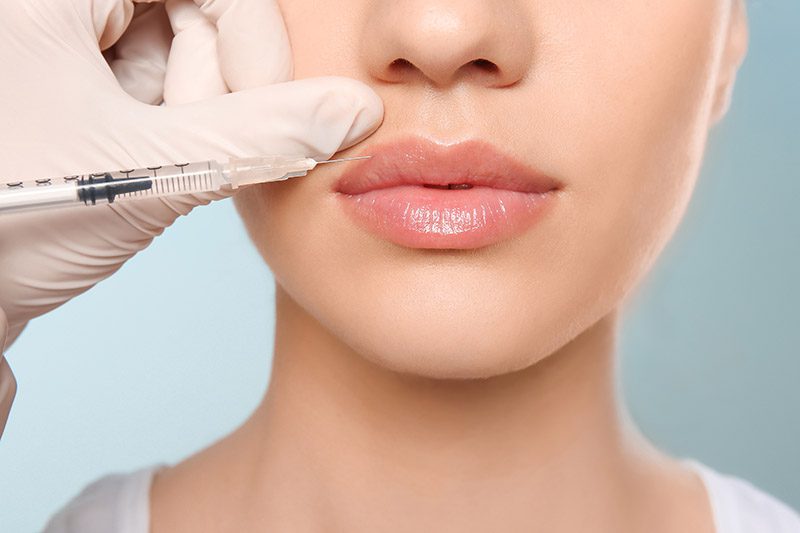
If you’re anything like us, you’ve been tempted by the promise of a wrinkle-free face with the help of Botox. But while Botox can do wonders to enhance our appearance, there’s no denying that it comes with a few side effects. One of these side effects is bruising, which can be an unwelcome sight for many.
Fortunately, there are a few easy steps you can take to prevent bruising in the first place. Whether you’re a Botox veteran or a newbie, here are some handy tips to keep in mind. Follow them, and you’ll be ready to show off your fresh and picture-perfect look in no time!
How to Avoid Bruising After Botox
Tip #1: Avoid Exercise for 24 to 48 Hours
To ensure that your body has enough time to heal after a Botox procedure, it’s best to avoid exercise for at least 24 to 48 hours. During this time, steer clear of any activities that could cause your face to heat up, such as hot showers, saunas, or steam rooms.
The reason behind avoiding exercise is to prevent the spread of Botox to areas that it’s not intended to be. Exercise increases blood flow, which can cause Botox to spread to other areas of the face and cause unwanted results. Plus, exercise can also cause increased swelling and inflammation, further increasing the chance of bruising.
Tip #2: Don’t Touch, Massage, or Squeeze the Injected Area
When you receive Botox injections, the area around the injection site will be sensitive and may be slightly swollen. Massaging or squeezing the area could worsen the swelling and lead to bruising.
With that in mind, you should avoid touching, massaging, or squeezing the area. This is because these actions can cause Botox to spread to other areas of the face, leading to bruising and less effective results.
Tip #3: Put a Cold Pack on the Area Afterwards
Cold compresses help reduce swelling and inflammation, minimizing the risk of bruising. The cold also helps constrict the blood vessels in the area, which helps reduce the risk of bleeding and bruising. Applying a cold pack to the area after Botox injections can help reduce the risk of bruising and improve your overall results.
When applying a cold pack, be sure to use it only for a few minutes at a time and to avoid direct contact with the skin. You can use a clean cloth or towel to cover the cold pack and protect the skin. Make sure to take breaks between applications and not apply the cold pack for more than 15 minutes at a time.
Tip #4: Don’t Take Any Blood Thinners for a Week BEFORE Your Appointment
Taking any blood thinners before your Botox appointment can increase the chances of bruising after treatment. This is because blood thinners can cause the blood vessels to become more fragile and more susceptible to damage.
On that note, it’s crucial to avoid taking any blood thinners for at least one week before your Botox appointment. This includes any medications that contain aspirin, ibuprofen, naproxen, or warfarin.
Tip #5: Skimp Out on the Alcohol for 24 Hours
Alcohol can have a major impact on your body’s ability to heal after a Botox injection. It can cause your blood vessels to become more dilated, which can lead to increased bruising and swelling. That’s why it’s important to avoid alcohol for at least 24 hours after a Botox injection.
When you drink alcohol, it can thin your blood and make it easier for Botox to spread to other areas of your face. This can lead to unwanted side effects such as bruising and swelling. Furthermore, alcohol can also interfere with the healing process, making it take longer for Botox to take effect.
The Bottom Line: Minimizing Your Bruising and Maximizing the Benefits of Botox
Bruising is a common side effect of Botox injections, but it doesn’t have to be. With the right preparation and aftercare, you can enjoy beautiful, long-lasting results from your Botox treatment, minus the bruising!
If you’re looking for the best in aesthetic skin treatments, look no further than YSRX YouthskinRX. Contact us today to schedule a consultation and take the first step toward achieving your aesthetic goals! Our team of experienced professionals is here to answer any questions you may have and provide you with the best possible treatment.



